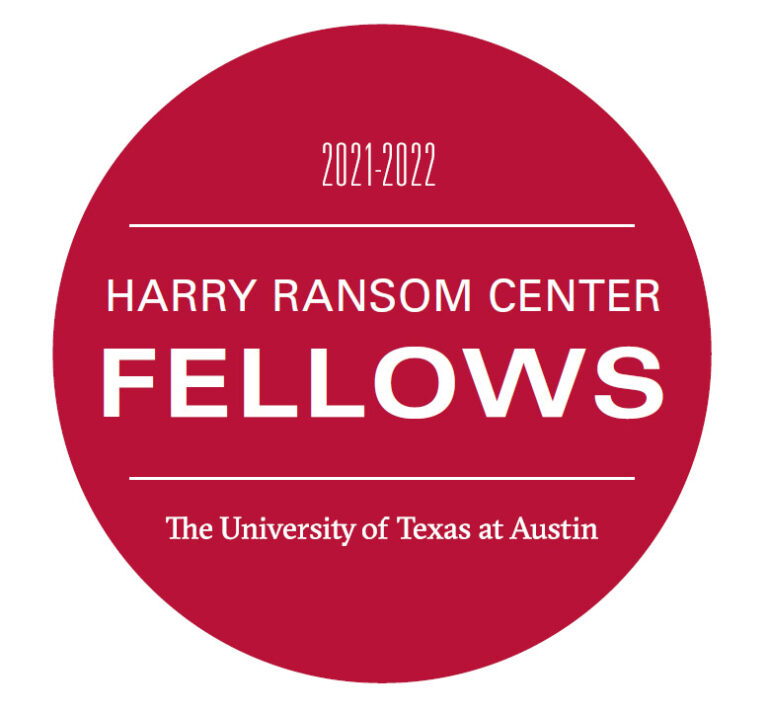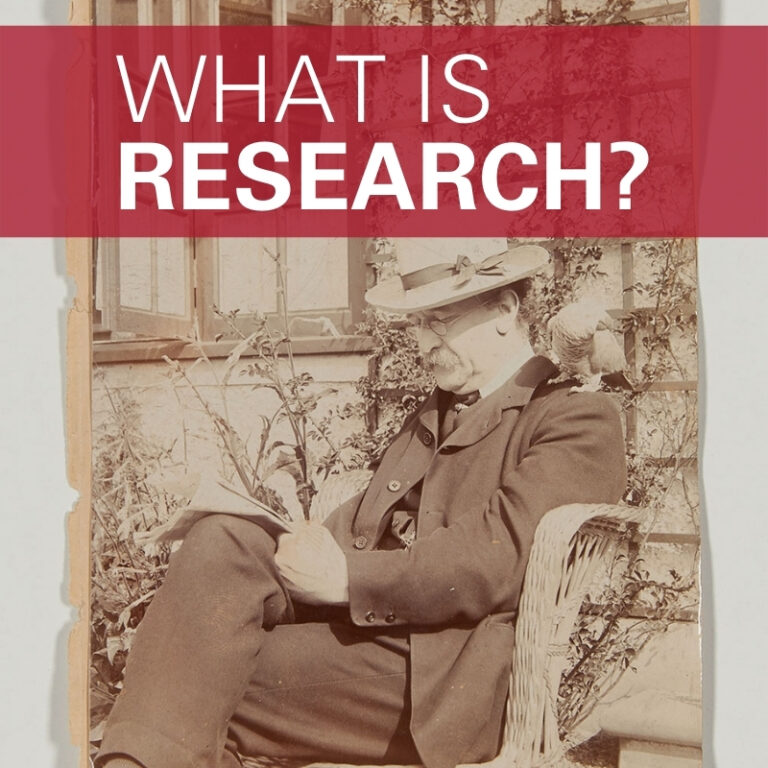The Harry Ransom Center has awarded over a dozen fellowships for 2021-2022 to The University of Texas at Austin faculty and graduate students through the Center’s new UT-Austin Fellowship program. The new fellows reflect the interdisciplinary nature of the Center’s collections and represent a wide range of departments, programs, and… read more
fellows
Slowly, and then round again
by SIMON LOXLEY This essay is part of a slow research series, What is Research? During my time as a researcher, I have always been a working graphic designer. I suspect that, as a consequence, my underlying mindset has always been very results-driven. As a designer, if you want to get… read more
SARA COLERIDGE: A life unfolding
by JEFFREY W. BARBEAU This essay is part of a slow research series, What is Research? Sometimes the scrawled letters on a page slow reading to a halt. Unlike printed words in a bound volume or transcripts that risk sanitizing history, handwriting produces an entirely different reading experience. Words unfold, as… read more




